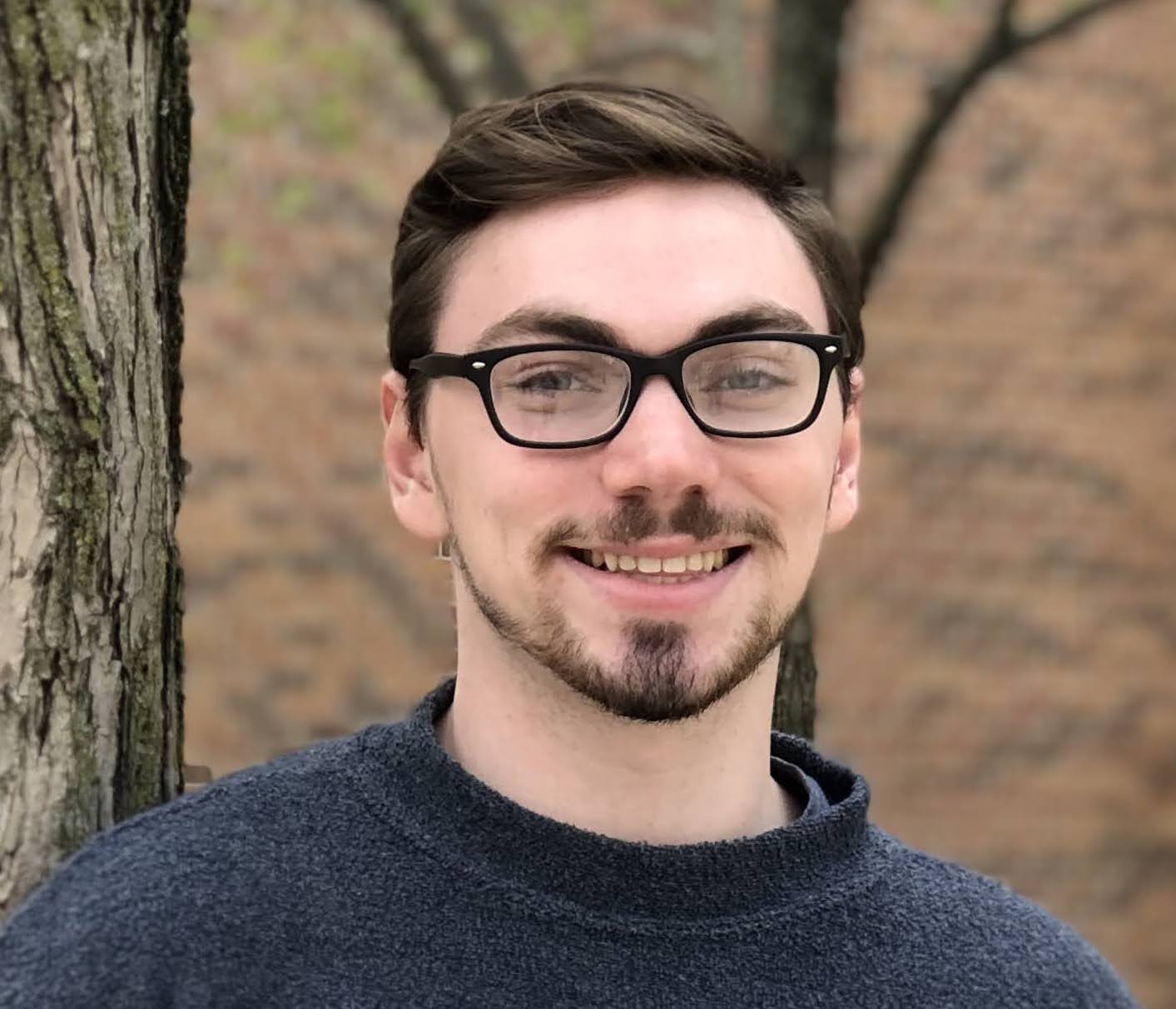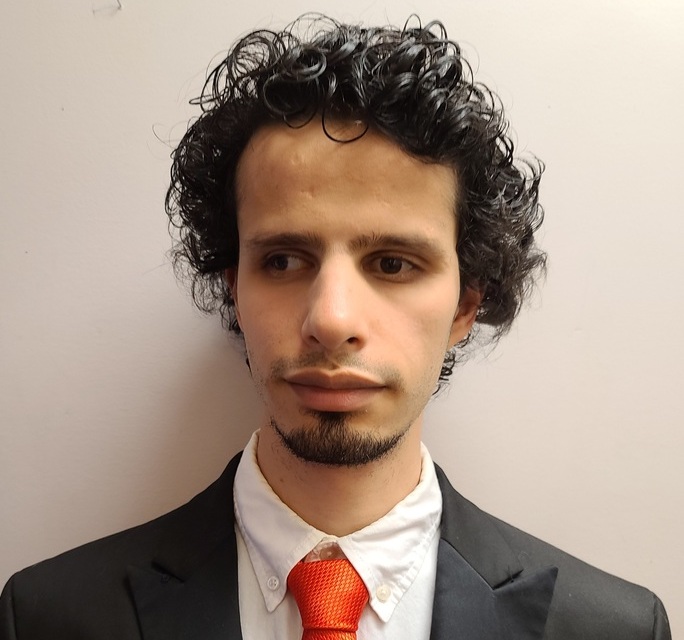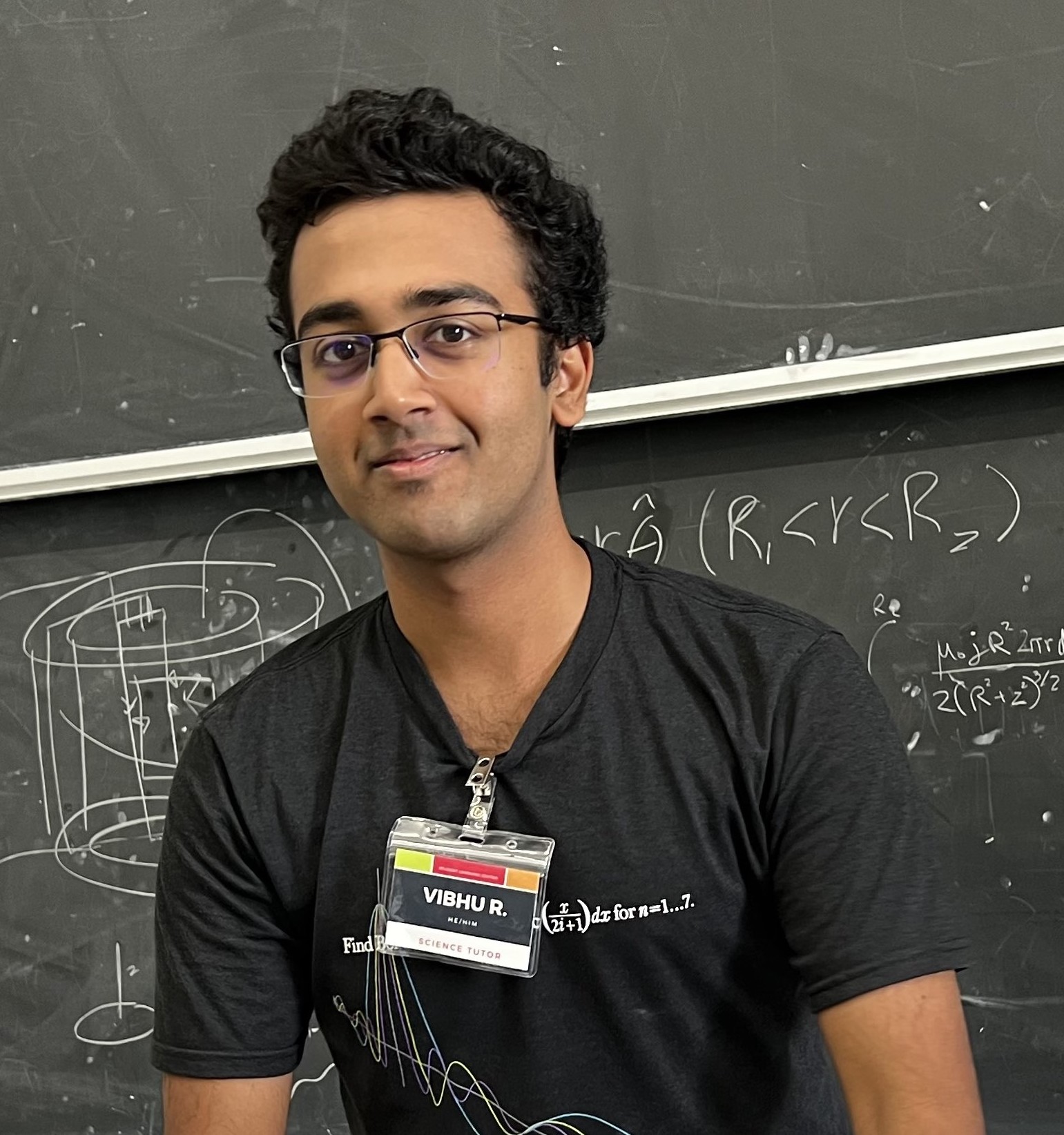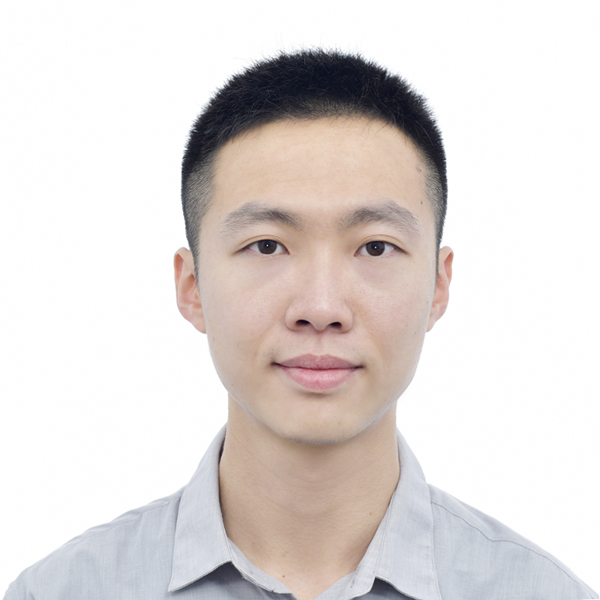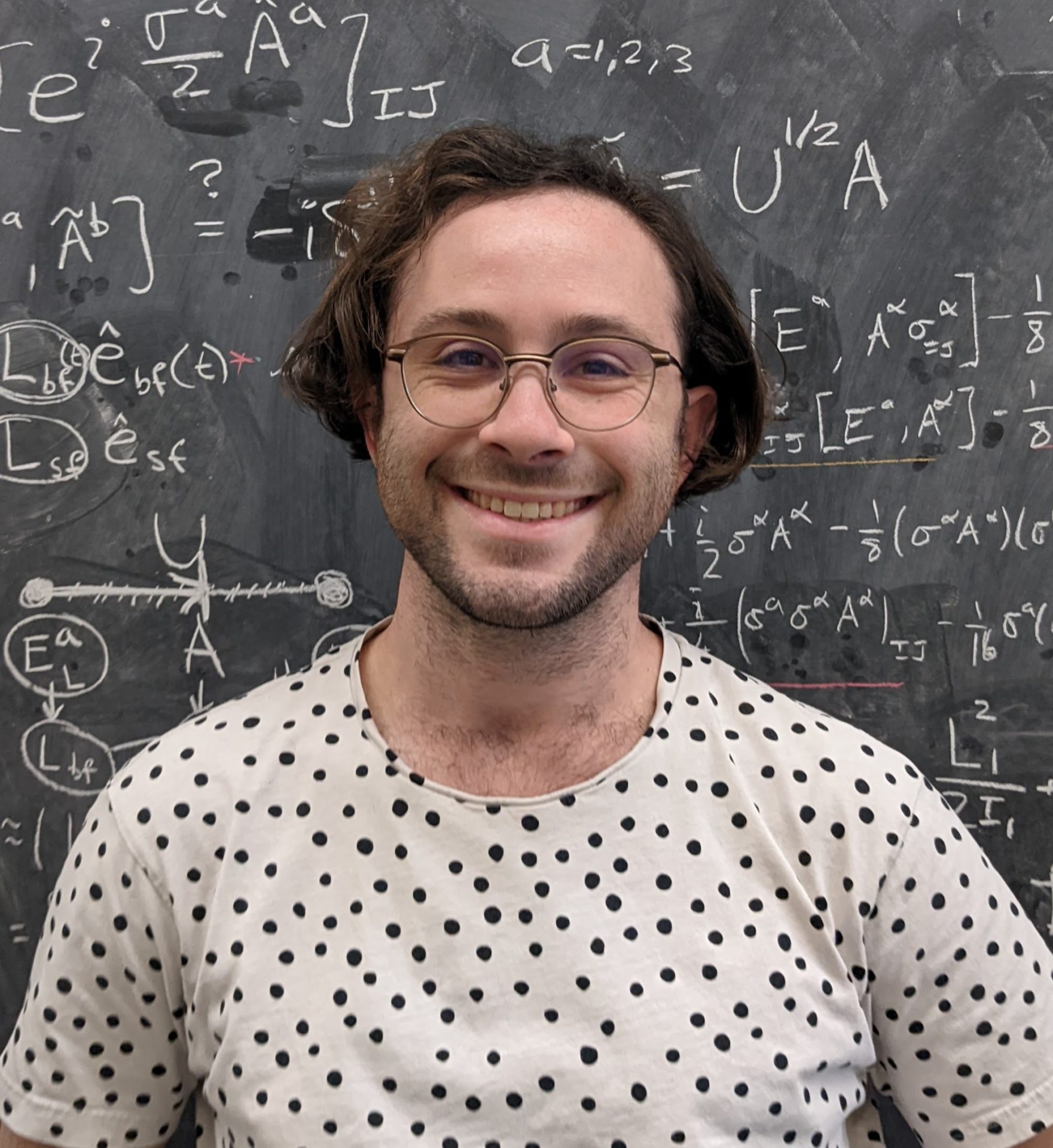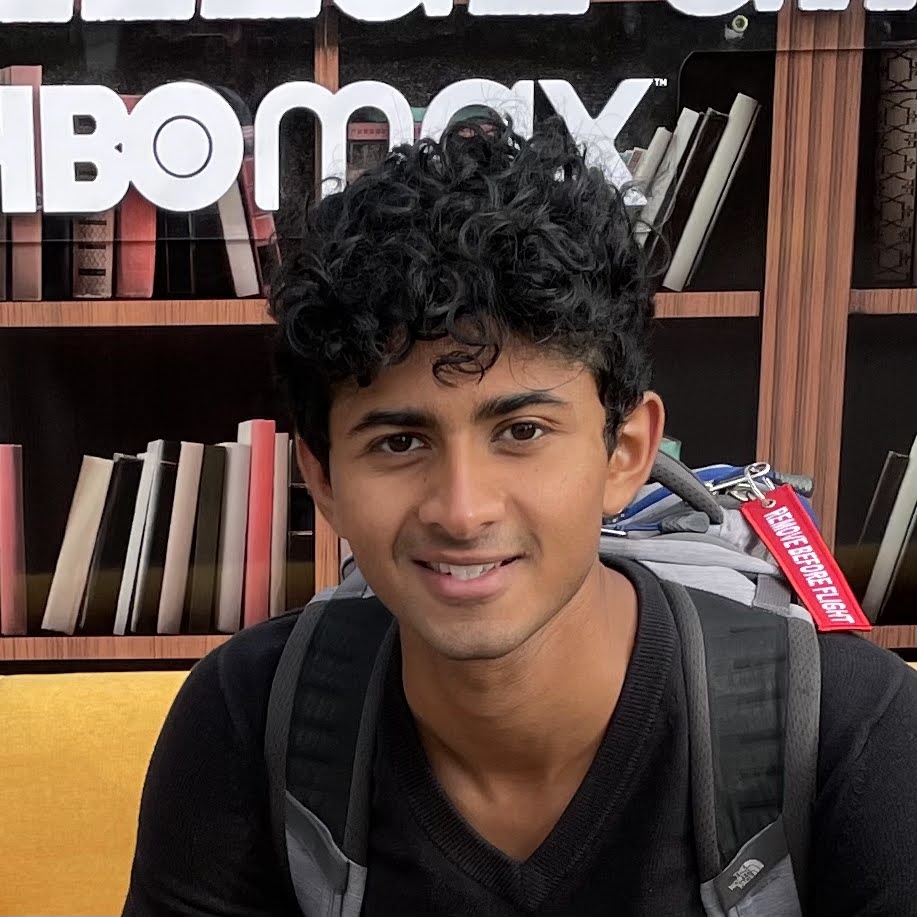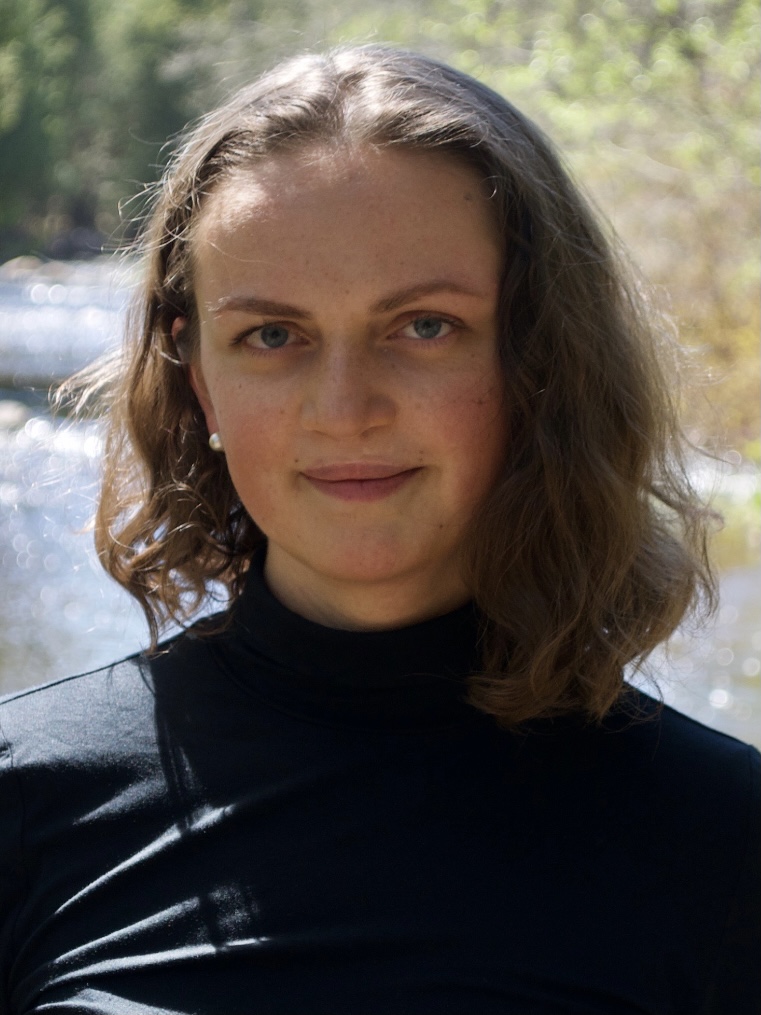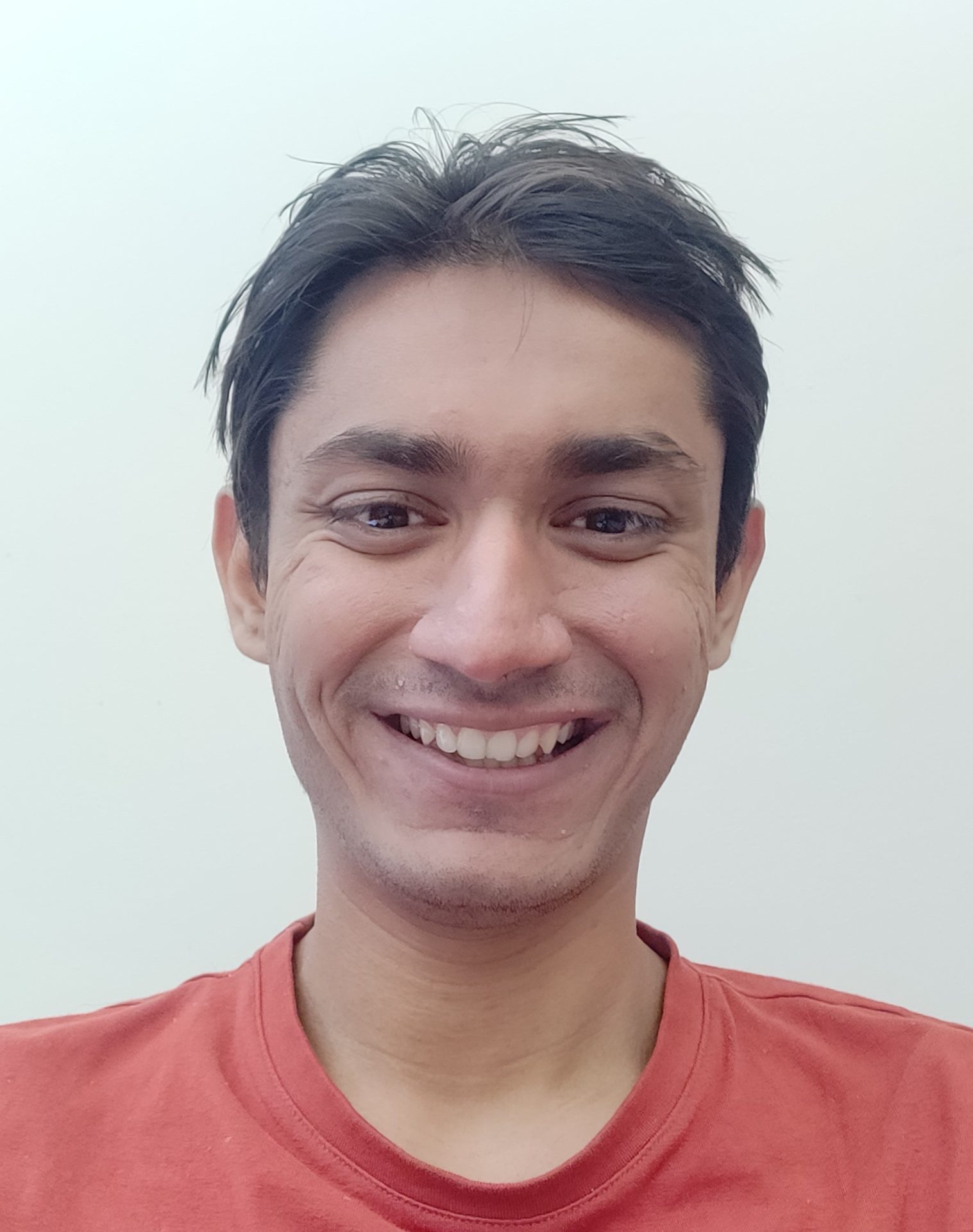My work focuses on the use of condensed matter theory to calculate the properties of materials from first principles. Specifically, my work uses a combination density functional theory (DFT) and many body perturbation theory (MBPT) to calculate ground and excited state properties such as lattice and atomic structures, electron density, band structures, and optical absorption spectra of molecules and crystals at zero and finite temperature.
Explorer Categories: Physics
Hussain Kadhem
Hussain is a Ph.D. student in applied mathematics at UC Berkeley, where he works in computational quantum physics. He previously worked as a software developer in the compilers group at IBM, and has broad interests in high-performance computing, computational science, and computer algebra. He grew up in Toronto, where he completed his
bachelor’s degree. After that, he attended the University of Cambridge for a year to do Part III of the Mathematical Tripos. He is blind from birth and is usually accompanied by his guide dog.
Isaac Harris
Born and raised in the suburbs of Chicago, Isaac received his undergraduate degrees in Math and Physics from the University of Chicago. Now, he is a 5th year physics PhD student at the University of California, Berkeley working with Ramamoorthy Ramesh as his advisor. Collaborating with members from both the Ramesh and Lane Martin groups, he has gained experience working with thin film oxides grown by Pulsed Laser Deposition, especially ferroelectric, magnetic, and magnetoelectric materials. His own research studies the Spin Hall effect in model oxide systems, as well as magnon propagation in the novel Bismuth Ferrite system. In his free time, Isaac can be found cooking for friends, playing music, and training for triathlons in the beautiful ramparts of Berkeley.
Vibhu Ravindran
I am an undergraduate student at UC Berkeley doing research in condensed matter theory with Prof Mike Zaletel. I was born in Amherst, Massachusetts but raised in India. I have worked on a variety of topics such as time crystals, tensor network algorithms and quantum information and generalized symmetries. I am currently working on numerical entanglement renormalization methods though I hope to continue to have a similar breadth of interests in the future. I am also an experienced violinist and enjoy hiking, reading science fiction and playing ping pong.
Shao-wen Chang
My research is focused on the study of theoretical models for materials, which is the starting point for us to understand material properties. I am interested both in topics that are already promising candidates for a new generation of technology, and in phenomena that are not yet demonstrated and have no clear application in real life. For example, the model for herbertsmithite-like lattices have similar features with twisted bilayer graphenes in terms of their band structures, which govern the behavior of particles in materials. The latter has been of great interest since the demonstration of superconductivity in 2018. By studying the behavior of atoms in our optical lattice, we can get insight on e.g. the critical parameters at which the phase transition to superconducting states occurs. On the other hand, there are predictions of novel phases of matters for our lattice model.
Emma G. Berger
I am studying the molecular qubits with a scanning tunneling microscope equipped with electron spin resonance capabilities (STM-ESR). This novel experimental method only demonstrated in 2015 and for which only a handful (<10) groups in the world have the capability of performing, will allow for unprecedented measurement and control of single molecular qubits. The goal of my PhD research is then, in short, to use STM-ESR to demonstrate coherent control of bottom-up designed molecular qubits.
Malcohm Spilka Lazarow
Born and raised in San Mateo, California, Malcolm Spilka Lazarow is currently a physics PhD student at UC Berkeley. For most of his life, Malcolm studied to become a composer for film, television, and electronic arts, but he changed this goal in 2016 when LIGO announced the first ever detection of gravitational waves from the merger of two black holes. After finishing his undergraduate degrees in music and math, he spent a few gap years doing research in theoretical plasma physics at UC Berkeley. He is now a member of Liang Dai’s group, where he studies gravitational waves, the theory of general relativity, and geometric numerical methods. In his spare time, Malcolm still composes and designs sound installations. His favorite genres of music are musique-concrete and grunge.
Vamshi Balanaga
I’m a physics student who’s interested in solving climate change. My academic interests range from novel quantum materials to plasma physics. I am a part of Space Enterprise Berkeley, a rocket engineering team on campus. I moved between India and Indiana several times while growing up. I like to spend my free time outdoors, either climbing, hiking, surfing or kayaking.
Rowan Duim
I grew up in Ontario, Canada and moved to sunny Berkeley in 2021 for the physical chemistry PhD program. Working in an ultracold atomic physics group, I do quantum simulation of crystalline materials using laser-cooled atoms in an optical lattice. In particular, we study the Kagome lattice, which exhibits geometric frustration, a property that can lead to exotic states of matter.
Chitraang Murdia ⭐️
I’m a Physics Ph.D. student at UC Berkeley, working on Quantum Gravity. I am particularly interested in the black hole information paradox and the cosmological measure problem for the multiverse. I started my undergraduate education as a CS major at IIT Bombay in India. In my freshman year, I realized that I was really passionate about doing physics research, so I transferred to MIT. During my time there, I worked on how the quantum mechanical properties of an electron can be used to create monochromatic and unidirectional radiation. In my spare time, I like to read fiction and cook with friends.
